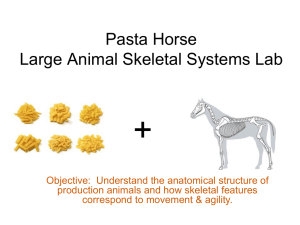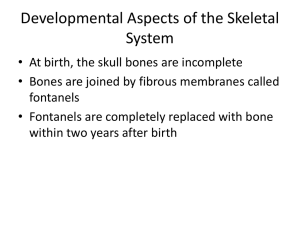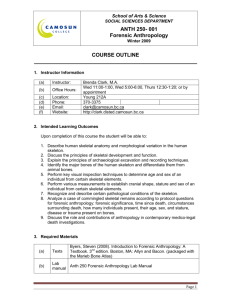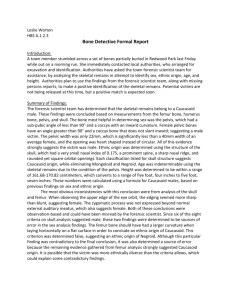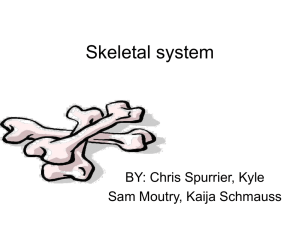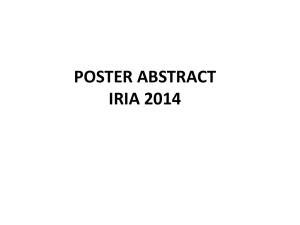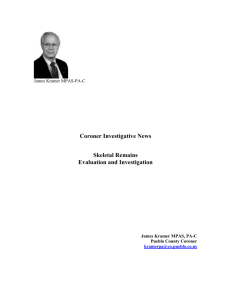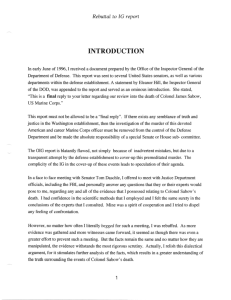Skeletal remains
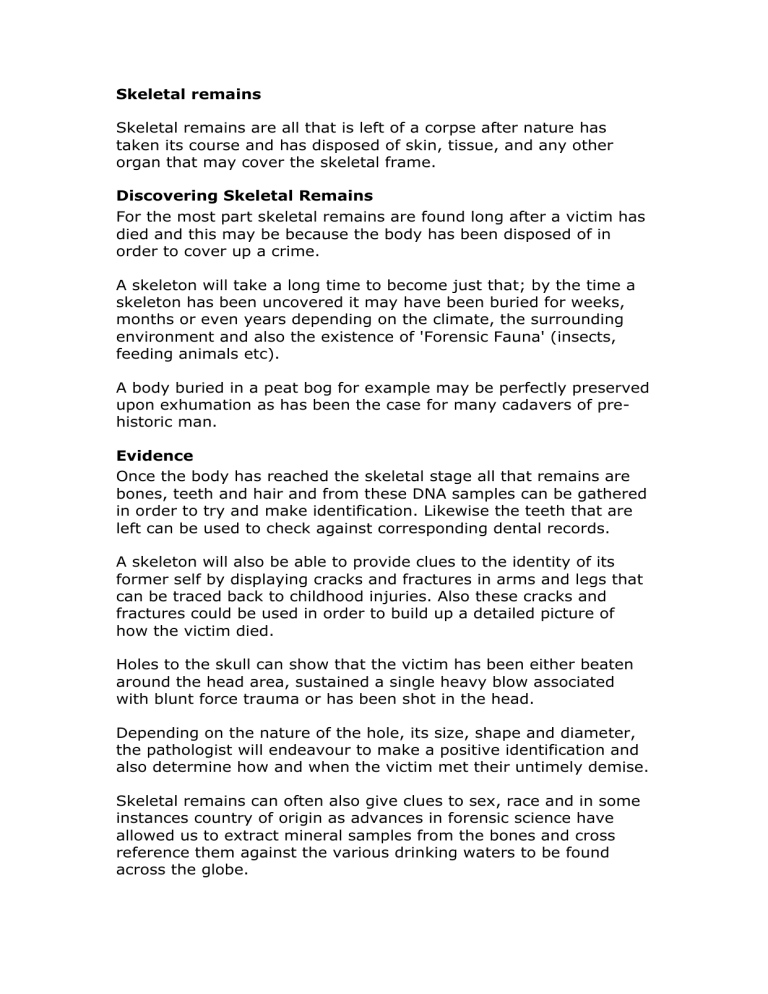
Skeletal remains
Skeletal remains are all that is left of a corpse after nature has taken its course and has disposed of skin, tissue, and any other organ that may cover the skeletal frame.
Discovering Skeletal Remains
For the most part skeletal remains are found long after a victim has died and this may be because the body has been disposed of in order to cover up a crime.
A skeleton will take a long time to become just that; by the time a skeleton has been uncovered it may have been buried for weeks, months or even years depending on the climate, the surrounding environment and also the existence of 'Forensic Fauna' (insects, feeding animals etc).
A body buried in a peat bog for example may be perfectly preserved upon exhumation as has been the case for many cadavers of prehistoric man.
Evidence
Once the body has reached the skeletal stage all that remains are bones, teeth and hair and from these DNA samples can be gathered in order to try and make identification. Likewise the teeth that are left can be used to check against corresponding dental records.
A skeleton will also be able to provide clues to the identity of its former self by displaying cracks and fractures in arms and legs that can be traced back to childhood injuries. Also these cracks and fractures could be used in order to build up a detailed picture of how the victim died.
Holes to the skull can show that the victim has been either beaten around the head area, sustained a single heavy blow associated with blunt force trauma or has been shot in the head.
Depending on the nature of the hole, its size, shape and diameter, the pathologist will endeavour to make a positive identification and also determine how and when the victim met their untimely demise.
Skeletal remains can often also give clues to sex, race and in some instances country of origin as advances in forensic science have allowed us to extract mineral samples from the bones and cross reference them against the various drinking waters to be found across the globe.
Facial Reconstruction
A pathologist will try to determine the sex of a skeleton by examining the differences between skeletal frames. But in addition to this a forensic anthropologist will be charged - if necessary - to reconstruct the face of the deceased using the skull as a base model.
Why Reconstruct a Face?
Many skeletons, upon being discovered, have been buried for many years and decomposition in all its forms has come and gone leaving the skeletal frame all that remains as a remainder to the deceased's existence in the first place.
With this in mind he or she will try and reconstruct the face of the deceased in order to try and make a positive identification or to jog the memories of members of the public who may have been witness to something around the time of the deceased's disappearance or death.
How Is a Face Reconstructed?
Using a plaster cast model of the skull the anthropologist will attempt to recreate the face in clay taking into account such things as the size of the ocular cavities (eye sockets), shape and angle of the nose, width of the mouth, depth and height of cheekbones and other measurements.
Some might say that this form of forensic science is perhaps lacking in substance and that the results are tantamount to guess work but the results - it has to be said - are staggering. A great many victims have been identified years after their disappearances or murders by using this technique.
The reconstructing of a human face is painstaking and can take many weeks and even months to get right and even then there is a chance that the victim's face - as modelled in clay by the anthropologist - may never been recognised. A lot rests on the memories of the general public and also their willingness to come forward especially in relation to crimes that are many years old.
Once reconstructed around the cast model of the skull the face is then given its features, which are again painstakingly modelled in order to convey the maximum amount of humanity into the model so that it does not simply look like the clay model of someone's head.
These attentions to detail are often the reasons why members of the public or perhaps a loved one who has been searching for a missing relative come forward.
Another method of trying to reconstruct the face of a missing person is to pinpoint particular tell tale areas of the skull and map them into a computer; once this is done the computer can then carry out a detailed search of missing persons databases in the hope that the images it is searching through will show up corresponding pinpointed areas on the images. This is like tracing a face through a piece of paper and can go some way to helping.
It is important to mention again that this is not an exact science but can be used for the purposes of jogging the public's memories. The remodelling of a face over a skull upon which no features exist is delicate work but can offer only limited hope in providing the police with a match to a missing person or unidentified murder victim.
